Wright's stain
|
WikiDoc Resources for Wright's stain |
|
Articles |
|---|
|
Most recent articles on Wright's stain Most cited articles on Wright's stain |
|
Media |
|
Powerpoint slides on Wright's stain |
|
Evidence Based Medicine |
|
Clinical Trials |
|
Ongoing Trials on Wright's stain at Clinical Trials.gov Trial results on Wright's stain Clinical Trials on Wright's stain at Google
|
|
Guidelines / Policies / Govt |
|
US National Guidelines Clearinghouse on Wright's stain NICE Guidance on Wright's stain
|
|
Books |
|
News |
|
Commentary |
|
Definitions |
|
Patient Resources / Community |
|
Patient resources on Wright's stain Discussion groups on Wright's stain Patient Handouts on Wright's stain Directions to Hospitals Treating Wright's stain Risk calculators and risk factors for Wright's stain
|
|
Healthcare Provider Resources |
|
Causes & Risk Factors for Wright's stain |
|
Continuing Medical Education (CME) |
|
International |
|
|
|
Business |
|
Experimental / Informatics |
Wright's stain is a technique in histology that is used to make the differences between cells visible under light microscopy. It is used in the examination of peripheral blood smears and bone marrow aspirates.
Wright's stain is also used in cytogenetics to stain chromosomes on slides for visualization and diagnosis of sydromes and disease.
It is named for James Homer Wright, who devised the stain, a modification of the Romanowsky stain, in 1902. Because it distinguishes easily between blood cells, it became widely used for performing differential white blood cell counts, which are routinely ordered when infections are expected, and as part of an assessment of overall health.
There are related stains known as the buffered Wright stain, the Wright-Giemsa stain, and the buffered Wright-Giemsa stain, and specific instructions depend on the solutions being used, which may include Eosin Y, Azure B, and Methylene Blue (some commercial preparations combine solutions to simplify staining). The May-Grünwald stain, which produces a more intense coloration, also takes a longer time to perform.
White blood cells stained with Wright's stain:
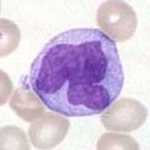 |
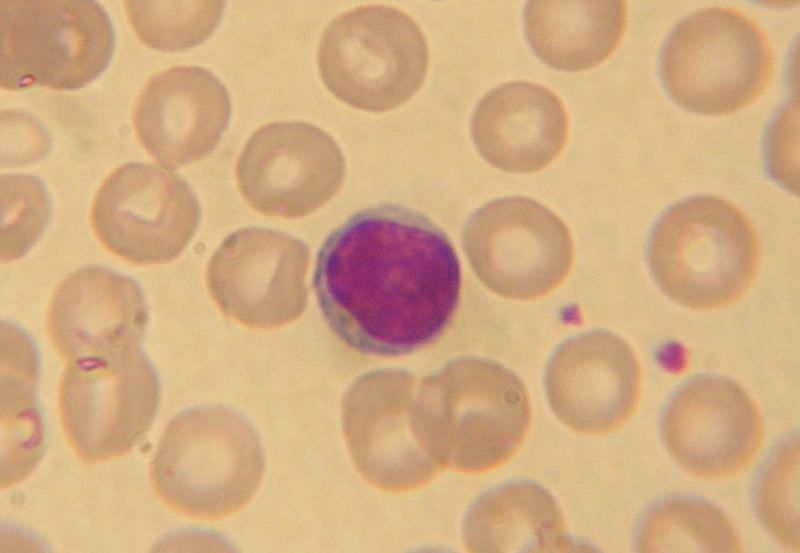 |
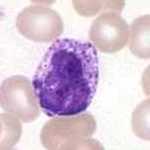 |
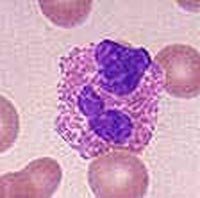 |
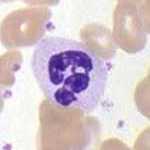 |